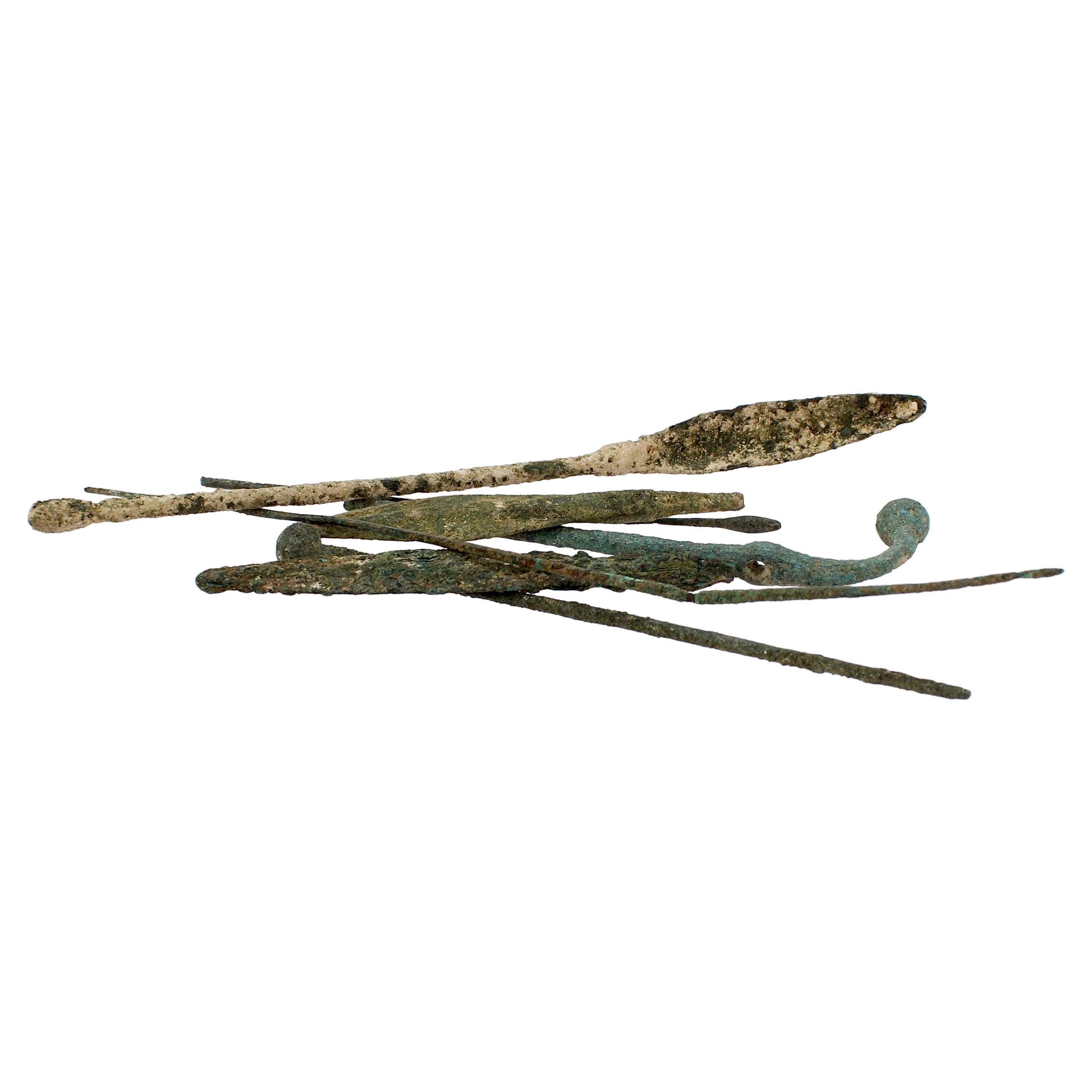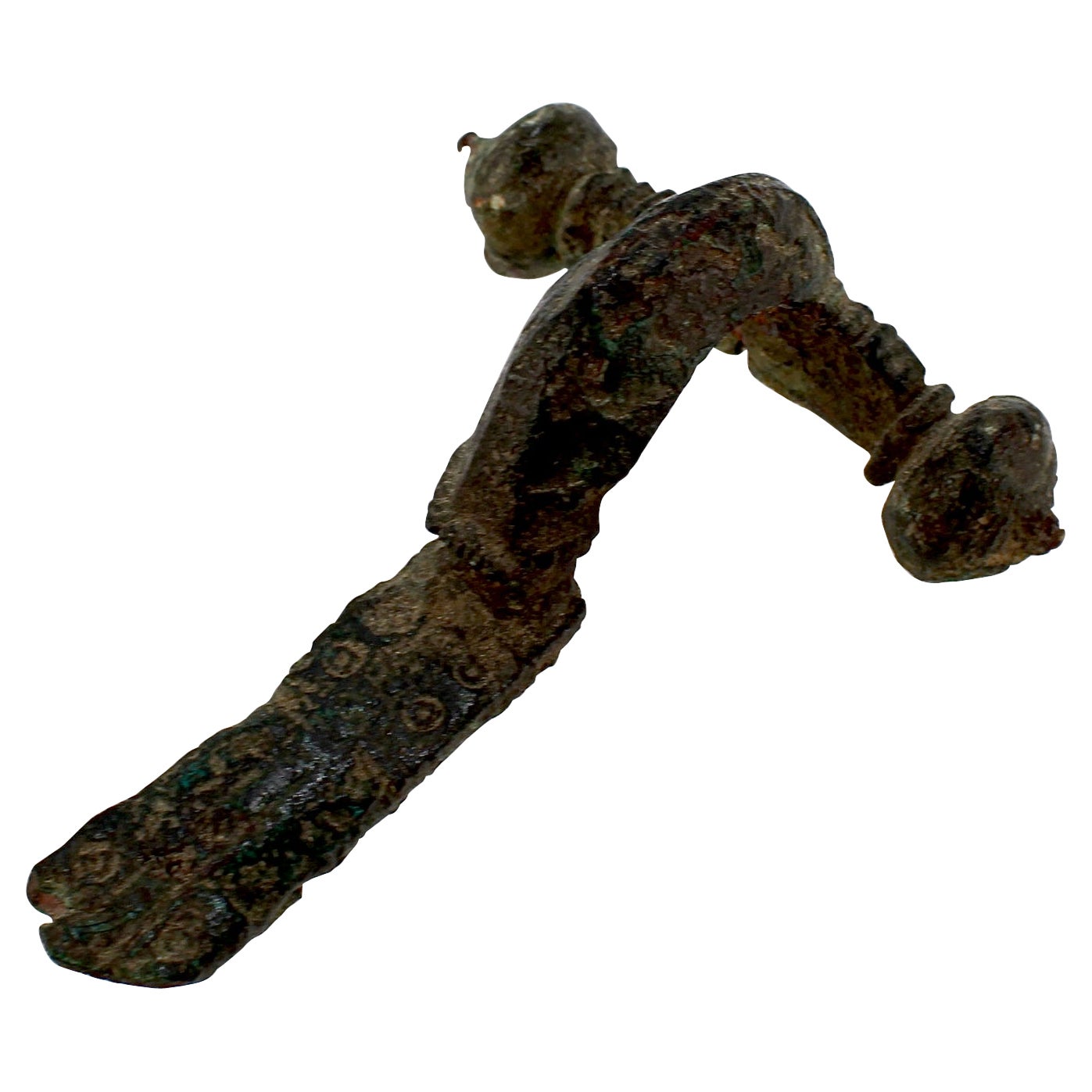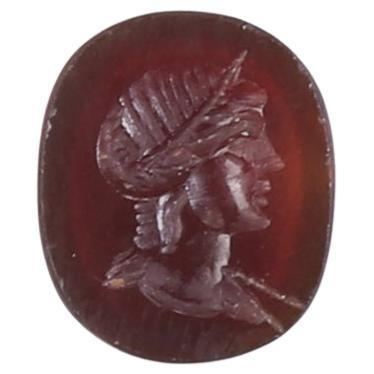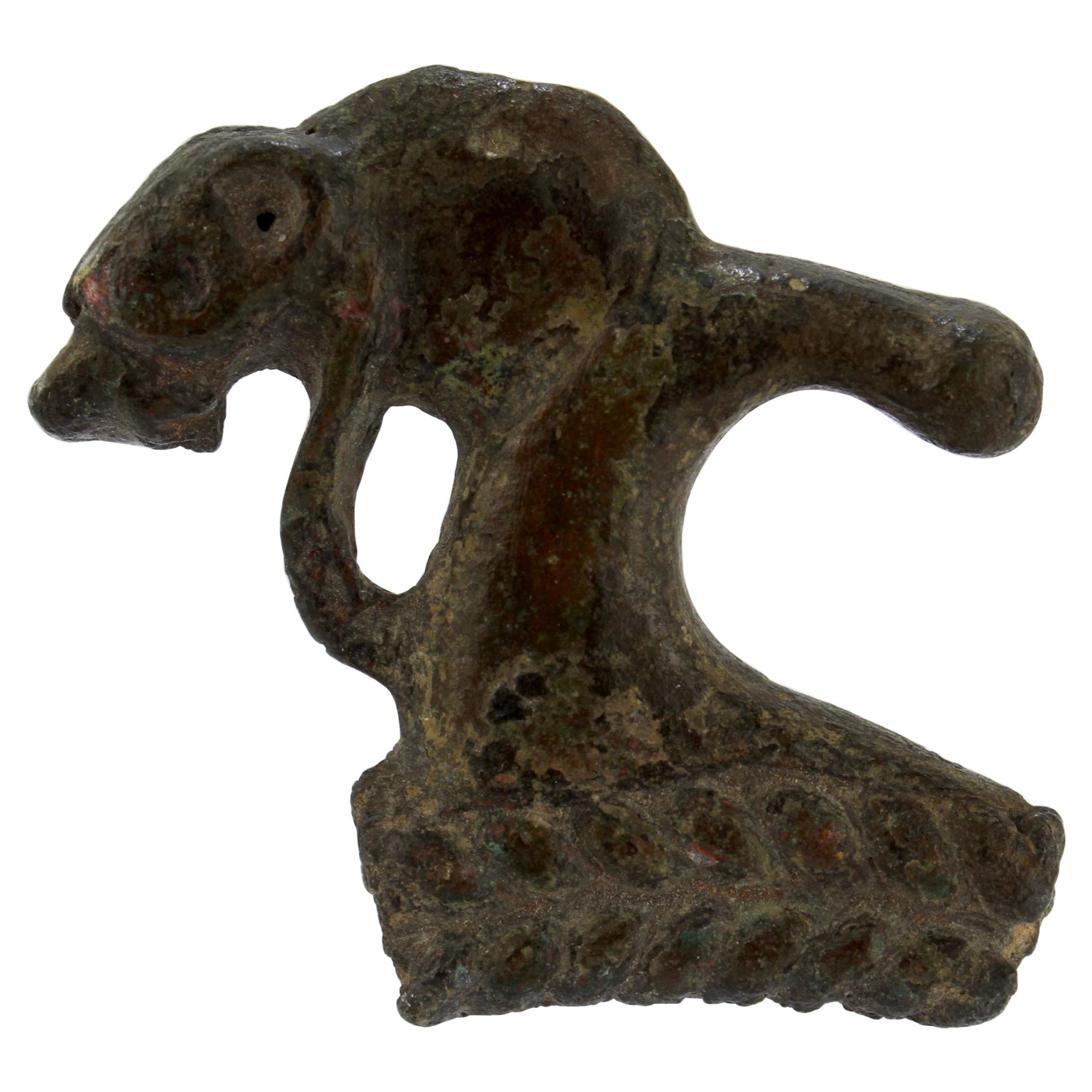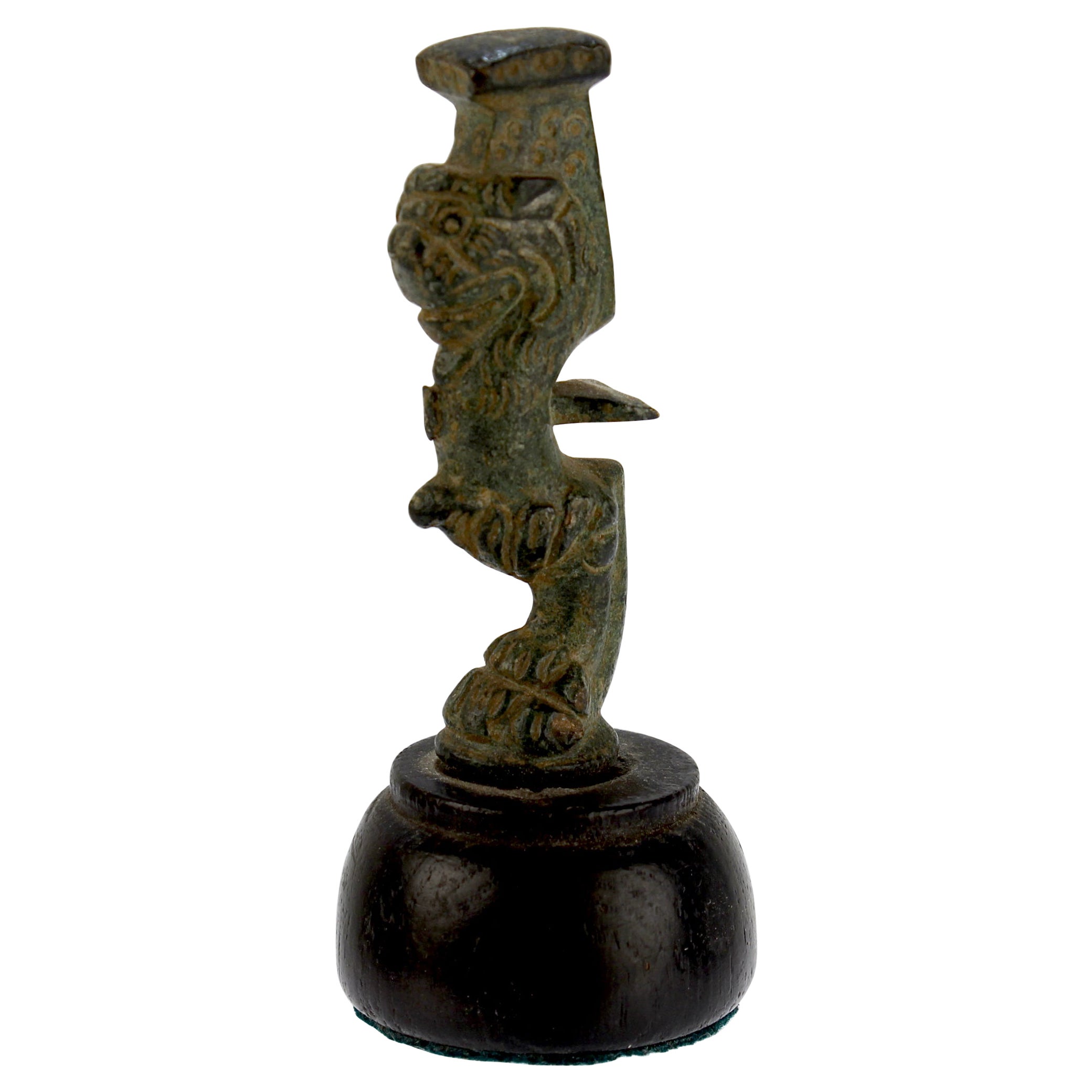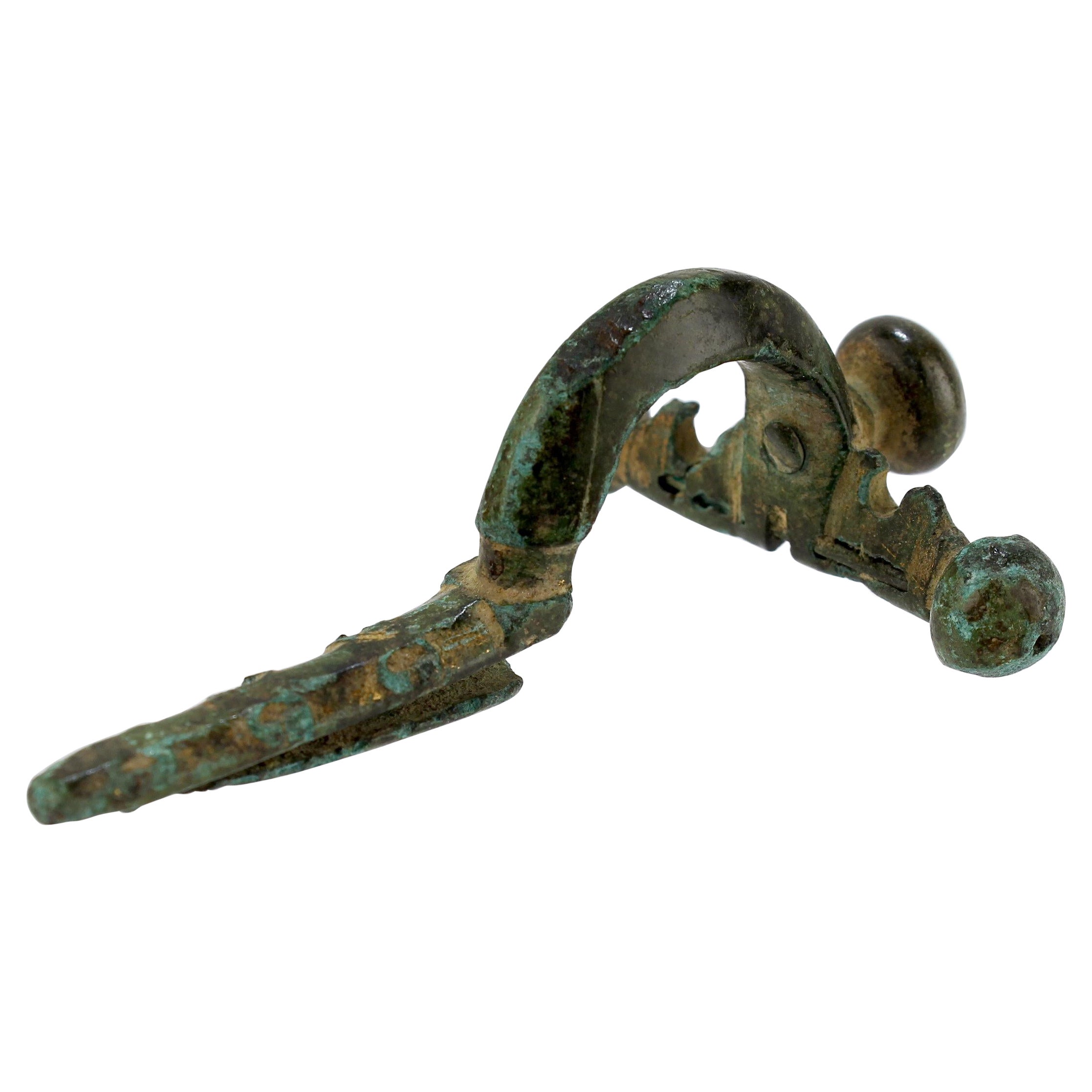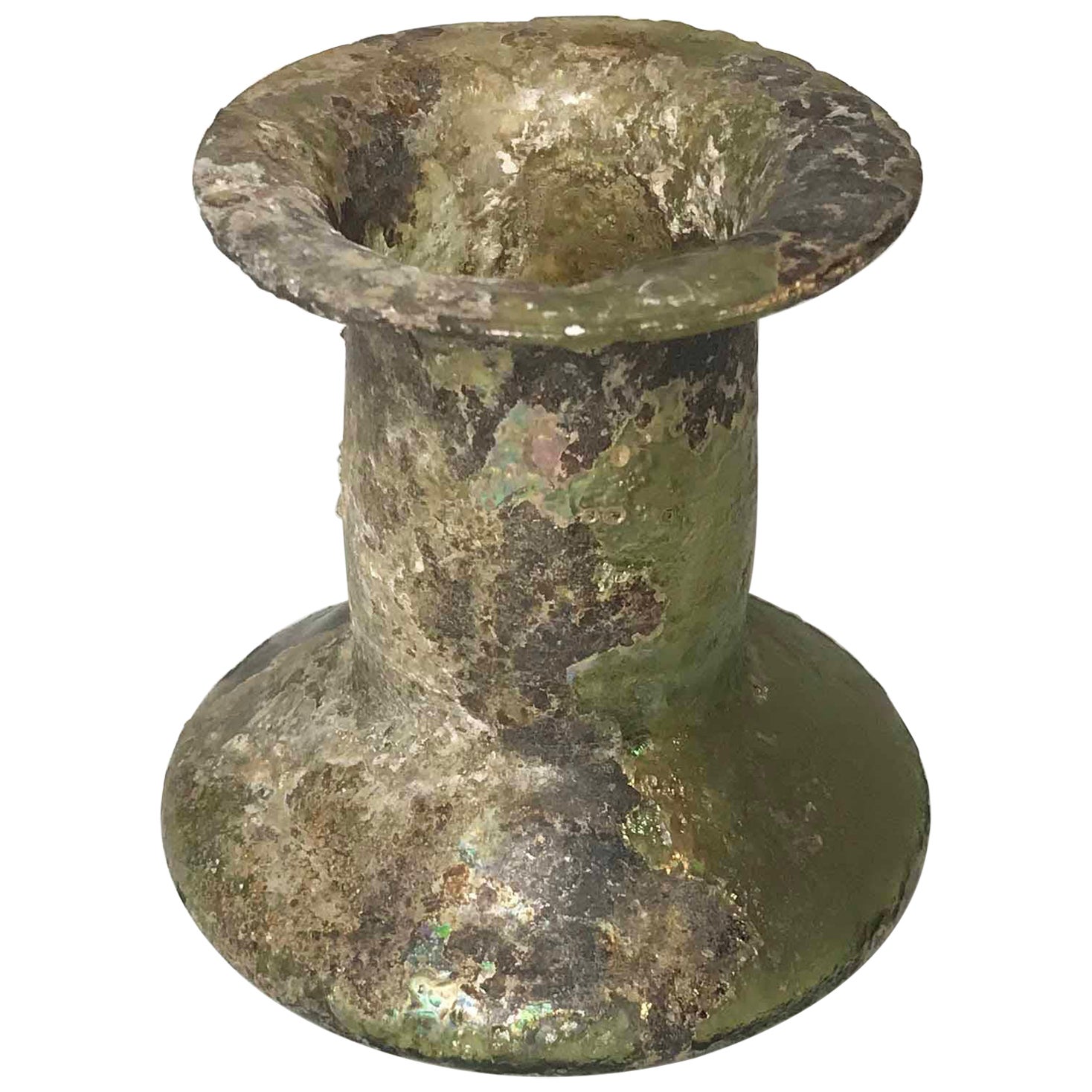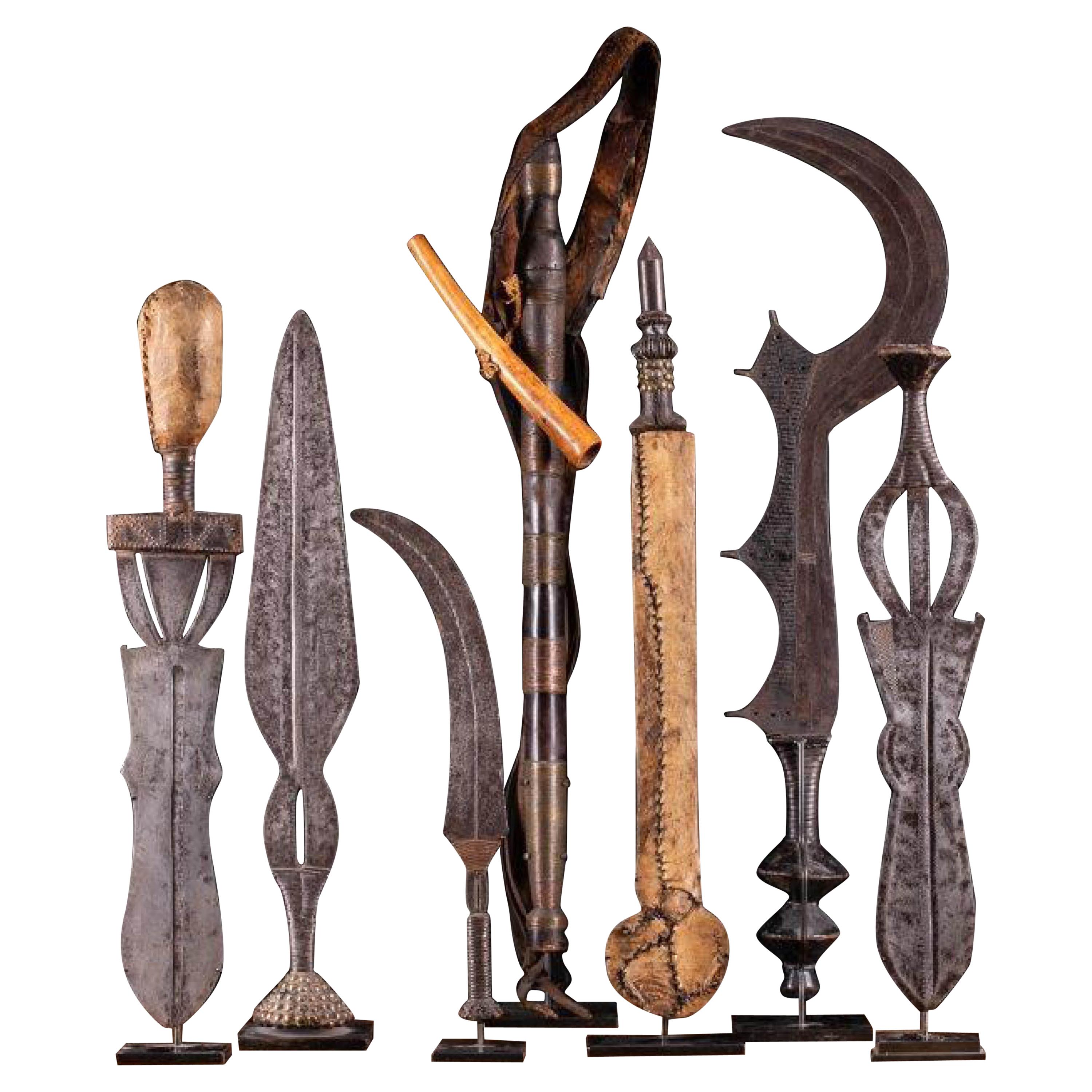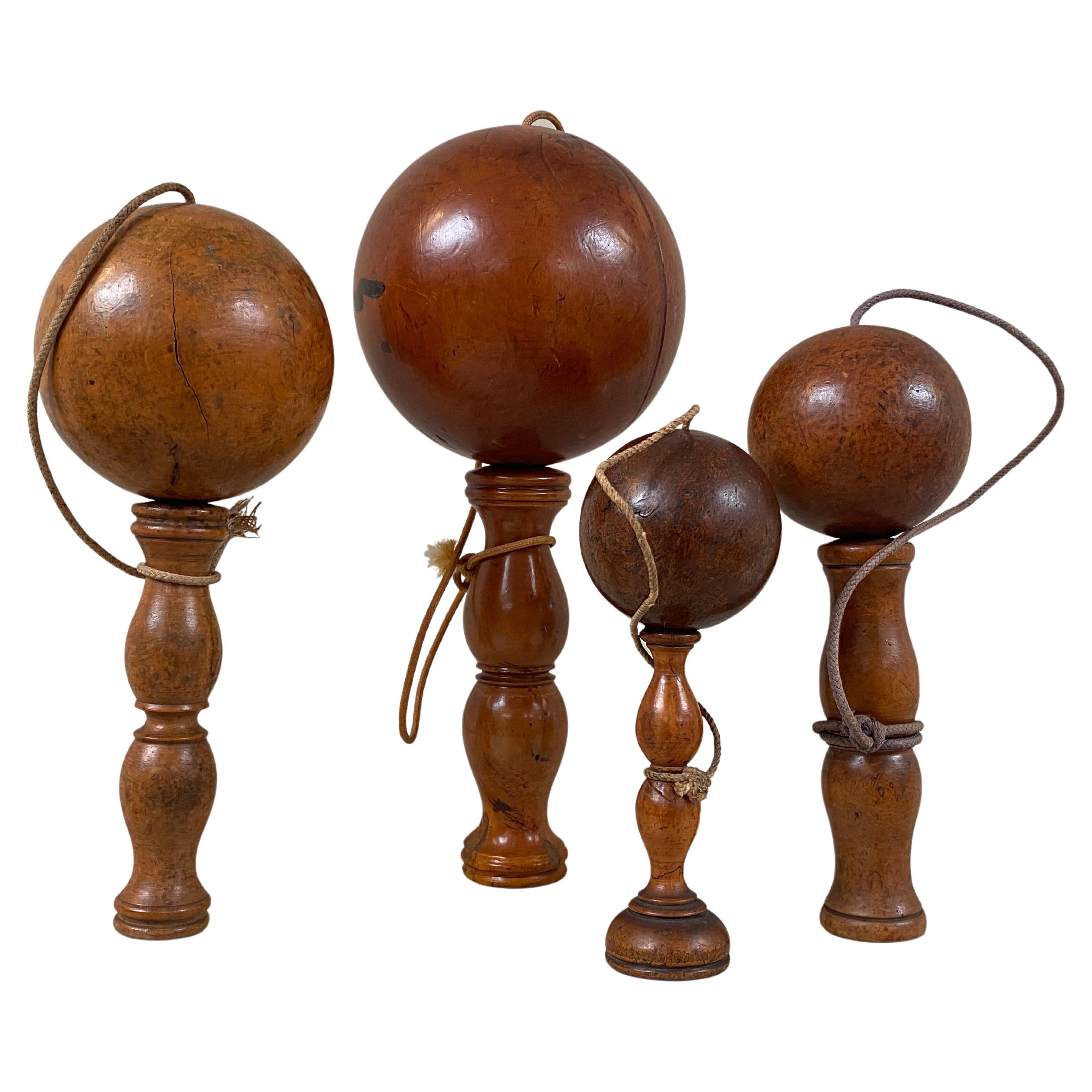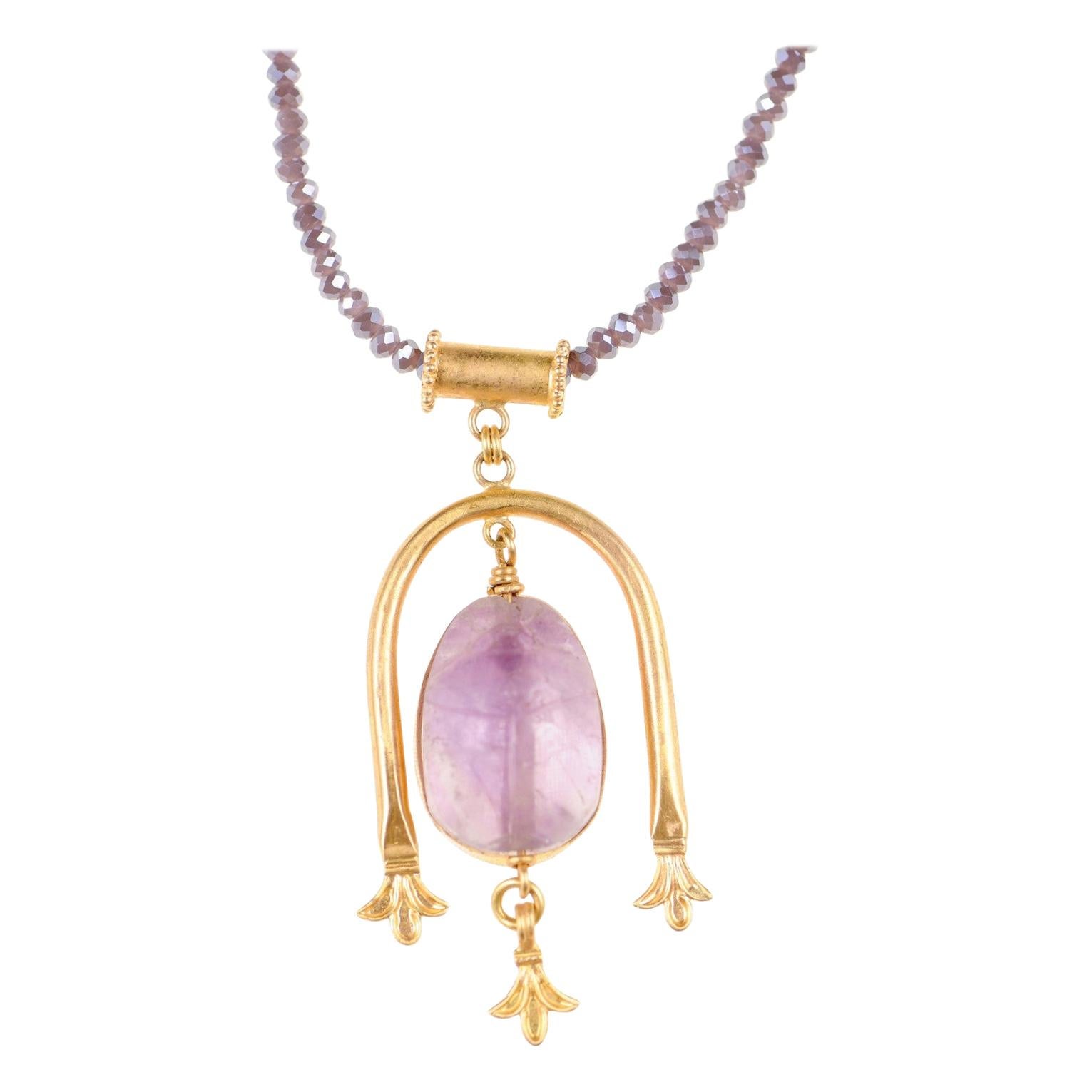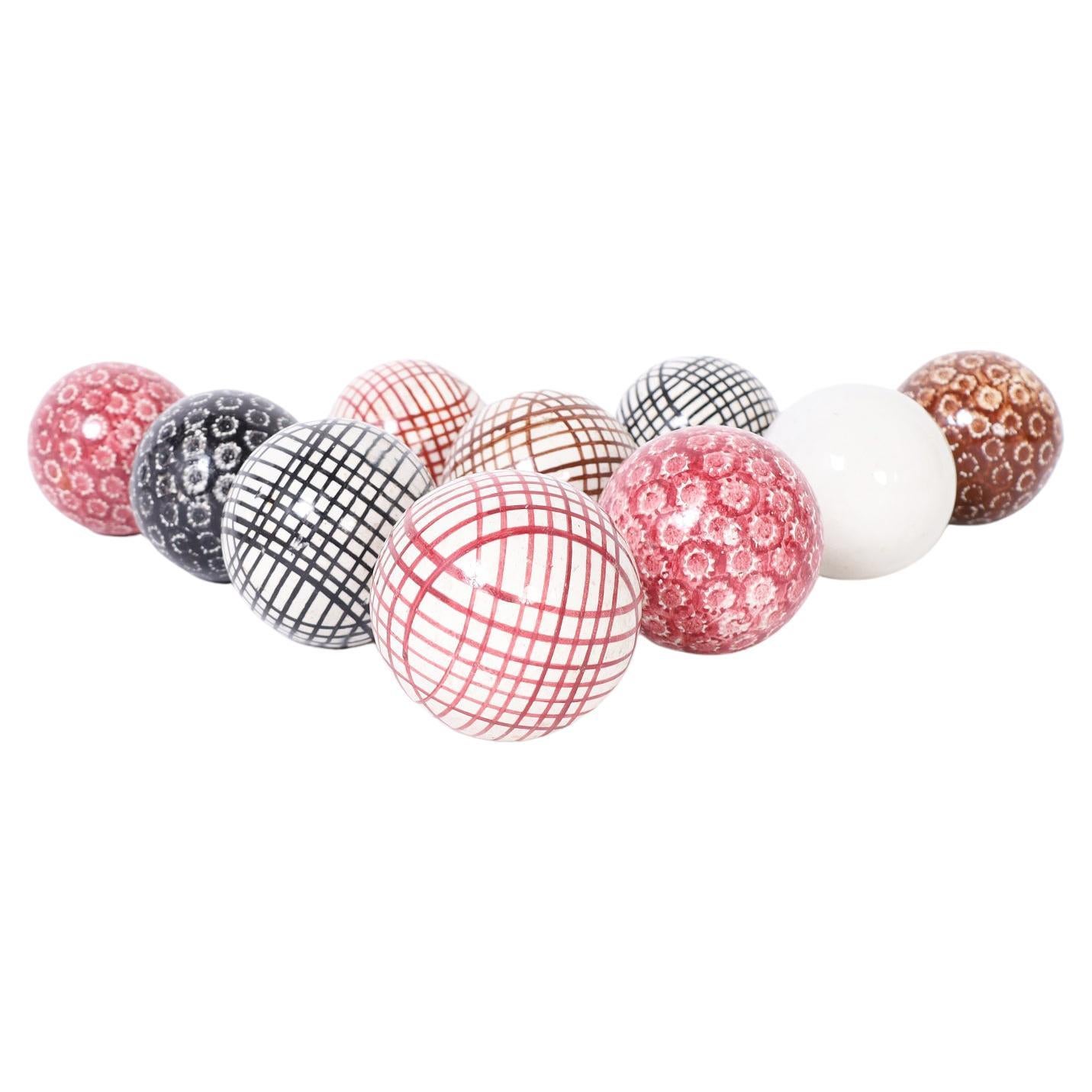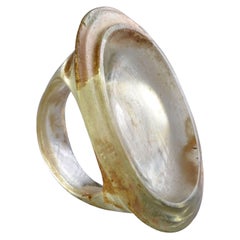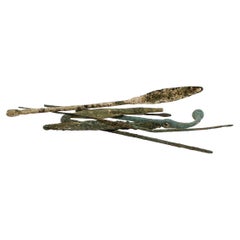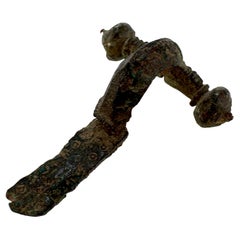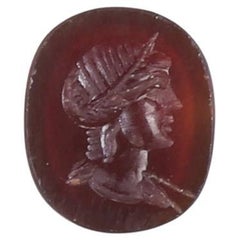
Medallic Ancient Roman Sestertius Coin of Emperor Marcus Aurelius - 161 Ad
View Similar Items
Want more images or videos?
Request additional images or videos from the seller
1 of 4
Medallic Ancient Roman Sestertius Coin of Emperor Marcus Aurelius - 161 Ad
About the Item
- Dimensions:Height: 1.34 in (3.4 cm)Diameter: 1.34 in (3.4 cm)
- Materials and Techniques:
- Place of Origin:
- Period:
- Date of Manufacture:161 AD
- Condition:
- Seller Location:London, GB
- Reference Number:1stDibs: LU105224375183
About the Seller
5.0
Recognized Seller
These prestigious sellers are industry leaders and represent the highest echelon for item quality and design.
Established in 2008
1stDibs seller since 2014
100 sales on 1stDibs
Typical response time: 7 hours
Associations
LAPADA - The Association of Arts & Antiques DealersInternational Confederation of Art and Antique Dealers' AssociationsThe British Antique Dealers' Association
More From This SellerView All
- Ancient Hellenistic Glass Finger RingLocated in London, GBThis beautifully preserved ring was cast from light green transparent glass. Its large size and shape are typical of Hellenistic finger rings, and its now ...Category
Antique 15th Century and Earlier Classical Greek Glass
MaterialsGlass
- Ancient Silver Celtic Tetradrachm CoinLocated in London, GBCeltic ‘Dachreiter’ Tetradrachm Minted in Eastern Europe, circa 1st-2nd Century B.C. Silver A magnificent Celtic tetradrachm of the Dachreiter (“roof-rider”) type, minted by a C...Category
Antique 15th Century and Earlier Mounted Objects
MaterialsSilver
- Ancient Roman Turquoise Glass CupLocated in London, GBTurquoise glass cup Roman Empire, circa 3rd-4th century A.D. With old label reading ‘’965’’. “Pliny relates that the art of glass-making [.] was actua...Category
Antique 15th Century and Earlier Italian Classical Roman Glass
MaterialsGlass
- Roman Marble Head of SophoclesLocated in London, GBRoman Marble Head of Sophocles Circa 1st-2nd Century Marble This fine Roman marble head preserves the proper left side of the face of a middle-aged man, with broad nose, soft lips, and bearded chin. The short beard and sideburns have been finely carved with a flat chisel, to render the soft, wavy strands of hair. The cheekbone, undereye, and nasolabial folds have been delicately modelled in the marble by a skilled hand. In a letter from 1975, the former director of Ny Carlsberg Glyptotek, Copenhagen, suggested that the head could depict the Ancient Greek tragedian Sophocles. Few figures in the Classical world stand aside Sophocles (c. 496-406 BC), inarguably the best known of the Athenian tragedians, in terms of the impact his works have had on the history of art and literature. The psychological depth he achieves in the seven of the 123 of his plays that have survived to the present day - most notably the three Theban plays: Antigone, Oedipus the King, and Oedipus at Colonus - not only inspired the Athenians, among whom Sophocles was honoured as a hero long after his death, but in our own time, have provoked landmark works on phychoanalysis and literary criticism, by thinkers like René Girard and, most famously, Sigmund Freud. In its masterful treatment of the marble this fragment sensitively captures the features of one of the most important playwrights of all time. Height on stand: 7.9 inches (20 cm). Provenance: Collection of Danish sculptor Jens Adolf Jerichau...Category
Antique 15th Century and Earlier Classical Roman Busts
MaterialsMarble
- Roman Marble Statuette of JupiterLocated in London, GBRoman Marble Fragment of jupiter Circa 2nd-3rd Century A.D. Measure: Height: 19.7 cm This beautiful Roman fragmentary statuette depicts Jupiter, the king of the gods, here recognisable from his two chief attributes, the eagle with outstretched wings - according the Pseudo-Hyginus, singled out by Jupiter because ''it alone, men say, strives to fly straight into the rays of the rising sun'' - and the base of the scepter, which remains at the side of the left foot, an aspect likely borrowed from the statue of Zeus at Olympia, once one of the Seven Wonders of the World. Though much of the original piece has been lost, the subtle anatomical detail in the feet mark this out as a piece of exceptional quality, and the work of an artist of particular talent and patience - as Johann Winckelmann once said of the famous Belvedere Torso, ''if you contemplate this with a quiet eye [...] the god will at once become visible in this stone.'' This fragment once caught the eye of Henry Howard, 4th Earl of Carlisle (1694-1758), a Knight of the Garter and among the most prolific collectors of his day. The piece, acquired during his travels to Rome, was proudly displayed on an alcove of the Western Staircase of Castle Howard...Category
Antique 15th Century and Earlier Italian Classical Roman Figurative Scul...
MaterialsMarble
- Roman Marble Head of a SatyrLocated in London, GBHead of a Satyr Roman, circa 2nd - 3rd century AD Carved and highly polished marble An extremely fine marble head of a satyr, depicted with ivy wreath, curly hair and pointed goat’...Category
Antique 15th Century and Earlier Busts
MaterialsMarble
You May Also Like
- Group of Ancient Roman Bronze Tools & Hair PinsLocated in Philadelphia, PAA fine group of ancient Roman bronze implements and artifacts. Consisting of pins & several small scale tools. From the private collection of Lawrence Majewski, who was a former co...Category
Antique 15th Century and Earlier Italian Classical Roman Antiquities
MaterialsBronze
- Ancient Roman Bronze Crossbow Fibula or Toga PinLocated in Philadelphia, PAA fine ancient Roman bronze fibula. A so-called 'crossbow' fibula. From the private collection of Lawrence Majewski, who was a former conservator at the Metropolitan Museum of Art....Category
Antique 15th Century and Earlier Italian Classical Roman Antiquities
MaterialsBronze
- Ancient Roman Intaglio from 1st-2nd Century AD Carved Carnelian StoneLocated in Chicago, ILAncient Roman Carnelian Intaglio. An intaglio is defined as a small Gemstone, generally semi-precious, that has been carved with images or inscriptions only on the face. This style of carving is the opposite of the cameo technique. The engraving of gemstones was a major luxury art form in the ancient world and an important one in some later periods. This particular Intaglio is Carnelian and dates from the second century AD and shows the head of a figure in profile. It is in very nice original condition and would be ideal for making into a ring. The word Intaglio comes from the Italian word intagliare, meaning “to engrave” or “cut into.” Intaglio describes the process in which an image is engraved into a stone, creating an image in the negative. When a stone carved in this way is pressed into hot wax...Category
Antique 15th Century and Earlier Italian Classical Roman Antiquities
MaterialsCarnelian, Stone
$950 Sale Price24% Off - Ancient Roman Bronze Handle or ArtifactLocated in Philadelphia, PAAn antique or ancient Roman bronze element. This piece was an element of a vase or possibly handle to something larger. It has the head of...Category
Antique 15th Century and Earlier European Classical Roman Antiquities
MaterialsBronze
- Roman Carved Marble Torso in Military Dress, circa 2nd-3rd CenturyLocated in Austin, TXA well carved Roman marble figure of a male in military dress, late Roman Period, circa 2nd-3rd century. The figure portrayed dressed in military att...Category
Antique 15th Century and Earlier Italian Classical Roman Historical Memo...
MaterialsMarble
- Ancient Roman Bronze Leg or Artifact / ElementLocated in Philadelphia, PAA fine Ancient Roman bronze element. It appears to be a leg or support for a larger structure. The leg has a hoofed foot that supports a li...Category
Antique 15th Century and Earlier European Classical Roman Antiquities
MaterialsBronze
Recently Viewed
View AllMore Ways To Browse
M Coin
Roman Antique Coins
Antique Bronze Coins
Coin Lots
Caesar Bronze
Coins Used In Ancient Rome
Used Furniture Concord
15th Century Coins
Bronze Augustus
Priest Bronze
Augustus Caesar Bust
Marcus Bust
Caesar Coin
Bronze Bust Of Roman Emperor
Bronze Bust Roman Emperor
Aurelius Bust
Marcus Aurelius Bust
Augustus Coin
